Europe’s great wealth in hazelnuts between 5000 and 2500 BC greatly contributed to the settlement of the entire continent and neighboring areas. This period is known as the Neolithic revolution and is characterized by the transition of man from gatherers to producers of food. But the wild hazelnut fruits were still a large and significant source of food for man, which is unequivocally indicated by the preserved remains of its shells in the excavations of the earth cottages.
The importance of the hazelnuts came from the high nutritional value of its fruit. It contains between 50 and 68% oil, 16 to 19% protein, about 2% carbohydrates, 2 to 3% minerals and about 600cal/100g kernel. Hazelnut kernels also contain smaller amounts of vitamins C, A, B1 and B2 (20 to 50 mg of vitamin C in 100g of kernels). In addition to its nutritional value, the oil also has medicinal value, it is used in cosmetics to make special soaps, and for the production of paints in painting. Hazelnut kernels are more aromatic than walnuts, which is why they are a highly valued raw material in the confectionary industry.
Hazelnut tree can live very long. It has a large distribution area and can be successfully cultivated up to 1200m above sea level. On alluvium and at altitudes between 100 and 500m, it easily yields 4-5t/ha. High mechanization and profitability in hazelnut production is very important.
The interval between planting hazelnuts is as follows, depending on the seedling. Hazelnut on the shoot as a bushy form is planted at a distance of 4-5 x 4 m in a row, and on a sword hazel or as a tree form it is planted at a distance of 6 x 4 m in a row.
Our hazelnut seedlings are produced and grown in our nursery. The initial material, grafted buds and rootstocks and shoots, for the production of hazelnut seedlings are used from our mother plants, Mother plants are planted in locations that have spatial isolation. Thanks to this fact, we produce hazelnut seedlings of the standard category and we have all the certificates issued by the Ministry of Agriculture, Forestry and Water Management of the Republic of Serbia for the seedlings.
Showing all 9 results
-
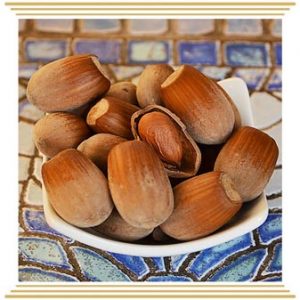
COSFORD hazelnut fruit seedlings
Read more -
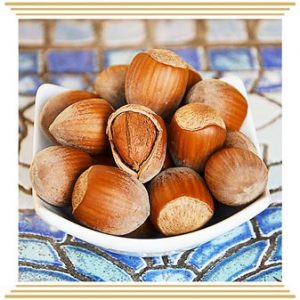
ENNIS hazelnut fruit seedlings
Read more -
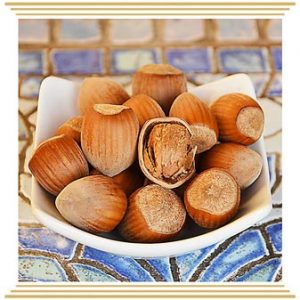
HALLS GIANT hazelnut fruit seedling
Read more -
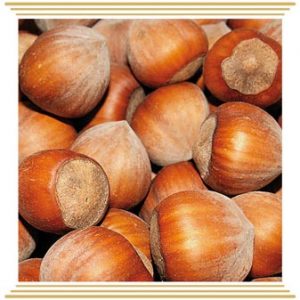
ISTRIA ROUND hazelnut fruit seedling
Read more -
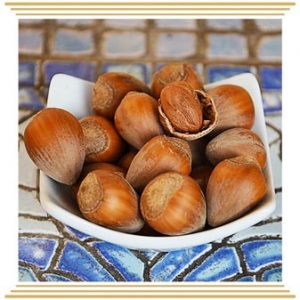
Istrian long hazelnut fruit seedling
Read more -
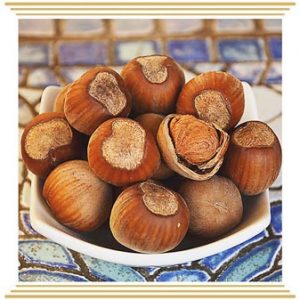
LUDOLF hazelnut fruit seedling
Read more -
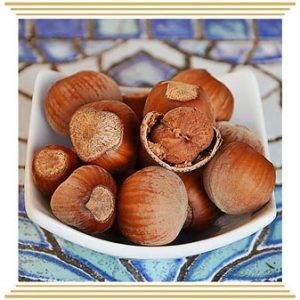
ROMICHE ZELLERNUSS hazelnut fruit seedling
Read more -
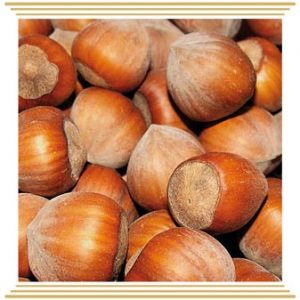
TONDA GENTILE DELLE LANGHE hazelnut fruit seedling
Read more -
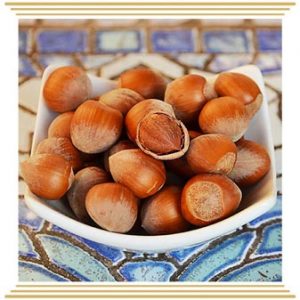
TONDA GENTILE ROMANA hazelnut fruit seedling
Read more


